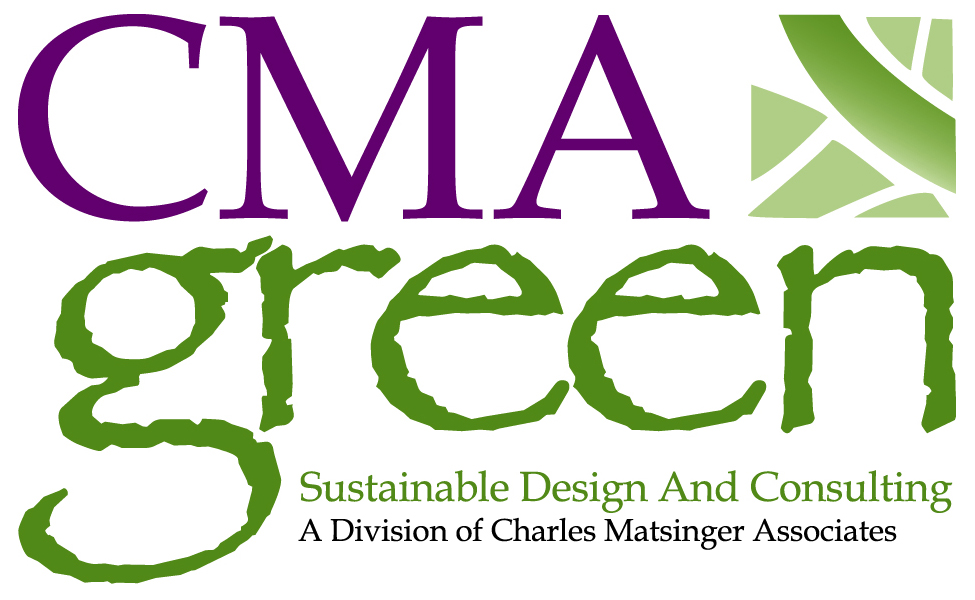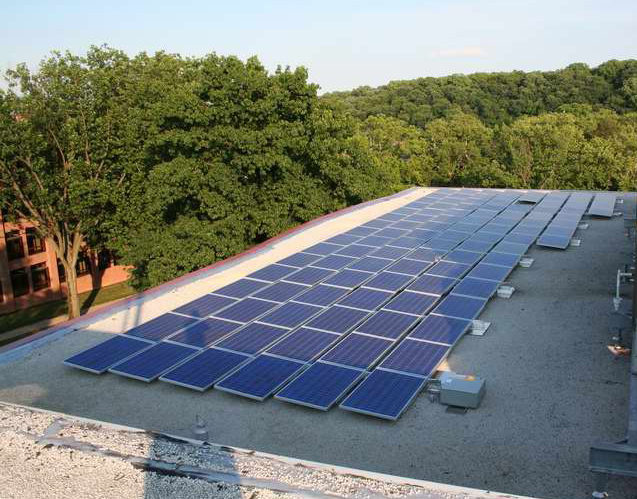 Recently, Charles Matsinger Associates surveyed our clients on their opinions and attitudes on sustainable design. We are truly grateful for the high volume of responses we received. Your answers provide us a basis from which to evolve the ever-growing practice and knowledge of CMAGreen. The following is a brief summary of the survey results.
Recently, Charles Matsinger Associates surveyed our clients on their opinions and attitudes on sustainable design. We are truly grateful for the high volume of responses we received. Your answers provide us a basis from which to evolve the ever-growing practice and knowledge of CMAGreen. The following is a brief summary of the survey results.
Who Responded
The majority of respondents work within their organization’s Facilities Department or Planning, Design, and Construction Department. The types of organizations vary and include Healthcare, Higher Education, Research and Development/Pharmaceutical, Corporate, and Retail/Banking.
Trends They Foresee
When asked which trends in sustainable design do they see impacting their organizations in the next five years, the majority said reduction in energy consumption. An increase in alternative energy sources received a similar number of responses to the same question.  Nearly all responses alluded to a need for buildings to depend less on limited natural resources in the production of energy and more on renewable energy sources. One respondent foresaw a trend in green chemistry, which is not at all foreign to building design as McDonough and Braungart demonstrate in the work of their firm McDonough and Braungart Design Chemistry.
Nearly all responses alluded to a need for buildings to depend less on limited natural resources in the production of energy and more on renewable energy sources. One respondent foresaw a trend in green chemistry, which is not at all foreign to building design as McDonough and Braungart demonstrate in the work of their firm McDonough and Braungart Design Chemistry.
Reasons for Investing in Sustainable Design (and Reasons not to)
The top three areas respondents would like their organizations to invest in sustainable practices/technology are HVAC, lighting, and renewable energy, with HVAC receiving the greatest number of responses. This is reflected in the answer that received most responses to the following question: what motivates your organization to build green? The answer: to reduce overall maintenance and operating costs. According to the article “Benchmarking Your Maintenance Costs” available on FMLink.com, the greatest two expenses for facilities are utilities, first, and maintenance, second. Another motivation for building green according to our respondents is the benefit that it provides to employees’ health and the positive impression that investing in sustainable practices and technologies gives employees.
In contrast, answers to the question of why an organization would not build green, most respondents said that payback is too long. The next most received response was that initial costs are too great. Hence the bottom line remains an important deciding factor and has great impact on design decisions.
How We’re Using Your Information
To meet our clients’ needs and support their interests, CMA requested that respondents indicate which topic would most likely draw them to a seminar/networking event. Many respondents said that they would be interested in one on Sustainable Design in Renovation Projects. Be sure to keep a lookout for such an event hosted by CMA in the near future.
For more information on CMAGreen, please contact our Sustainable Design Leader, Matt Perna, AIA, LEED + AP at 215.925.6565

You must be logged in to post a comment.